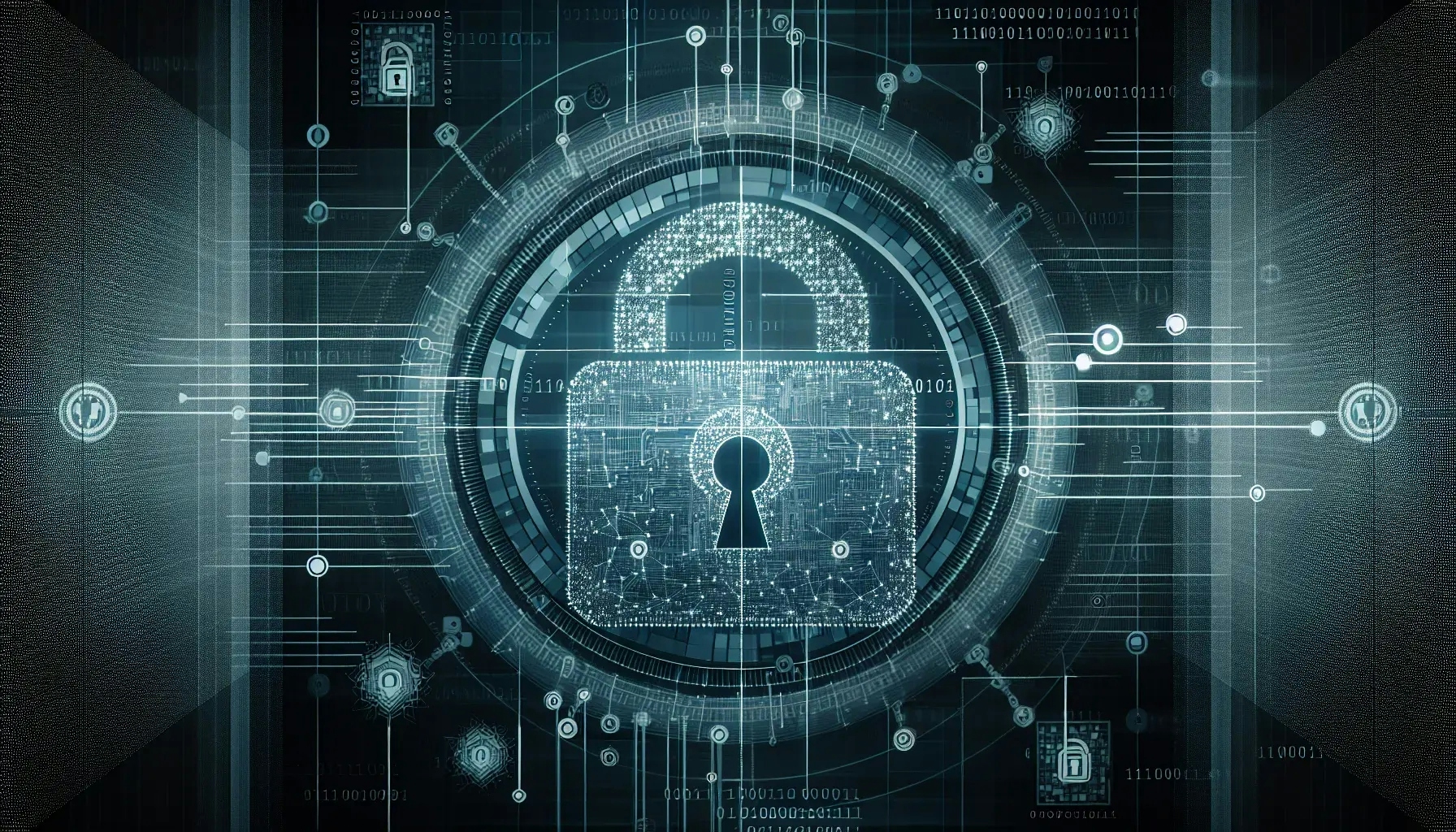In the digital age, data security has become a critical concern for all industries, and informatics is no exception. This blog post will delve into the best practices for data security in the field of informatics. We will explore various strategies, techniques, and tools that can help safeguard sensitive information and ensure the integrity and confidentiality of data.
Understanding the Importance of Data Security in Informatics
Informatics, the science of processing data for storage and retrieval, is a field that heavily relies on data. Data security in this context becomes paramount. It's not just about protecting information from unauthorized access or theft. It's also about ensuring that data remains reliable, accurate, and available when needed.
Data breaches can have severe consequences, including financial losses, damage to reputation, and legal issues. Moreover, in sectors like healthcare informatics, data breaches can potentially risk lives. Therefore, adopting best practices for data security is not just a good idea, but a necessity.
Implementing Strong Access Control Measures
One of the first steps in securing data is to control who has access to it. Strong access control measures are essential in preventing unauthorized access to sensitive information. This includes implementing robust authentication methods, such as two-factor authentication and biometric authentication.
Role-based access control (RBAC) is another effective strategy. RBAC restricts network access based on the roles of individual users within an organization. This ensures that employees have access only to the information they need to perform their jobs and nothing more.
Regular Data Backup and Encryption
Regular data backup is a critical practice in data security. It ensures that data can be recovered in case of a system failure, data corruption, or a security breach. Backups should be performed regularly, and the backup data should be stored in a secure, off-site location.
Data encryption is another crucial practice. Encryption transforms data into a code that can only be accessed with a key. Even if data falls into the wrong hands, it will be unreadable and useless without the decryption key.
Security Awareness and Training
Human error is a significant factor in many data breaches. Therefore, training employees about the importance of data security and the best practices to follow is crucial. Regular training sessions can help employees understand the potential risks and how to avoid common pitfalls.
Security awareness programs should also include information about phishing and other social engineering attacks. Employees should be taught how to recognize these attacks and how to respond appropriately.
Regular Security Audits and Updates
Regular security audits are essential for identifying potential vulnerabilities in the system. These audits can help detect weak points in the security infrastructure before they can be exploited by attackers.
Keeping software and systems updated is also crucial. Updates often include patches for security vulnerabilities. Neglecting these updates can leave systems exposed to potential attacks.
Incident Response Planning
Despite all precautions, data breaches can still occur. An incident response plan outlines the steps to be taken in the event of a security breach. This includes identifying the breach, containing the damage, eradicating the cause, and recovering from the incident.
A well-prepared incident response plan can significantly reduce the impact of a data breach. It ensures that the organization can quickly react to the breach, minimize the damage, and recover as soon as possible.
Securing the Future of Informatics with Robust Data Security Practices
Data security in informatics is a complex, ongoing process. It requires a combination of strong access control measures, regular data backups, encryption, security awareness training, regular audits, updates, and incident response planning. By implementing these best practices, organizations can significantly reduce their risk of data breaches and ensure the integrity, availability, and confidentiality of their data.

